Maplewood Mall rose from a patch of Maplewood, Minnesota, into a super-regional draw beside Interstate 694, a beacon on the east side of the Twin Cities.
Homart Development Company cut the ribbon on July 31, 1974, with Sears and Powers Dry Goods at the helm and roughly 120 stores ready for the crowds.
The next decades brought new names and fresh paint: Kohl's, JCPenney, and Macy's arrived, while renovations in 1988, 1996, and 2011 kept the place looking current.
A Metro Transit park-and-ride hub joined in 2004 and turned the site into a commuter gateway.
By 2025, the classic department store era had slipped away, and plans were in motion to transform former anchors into the Pan Asian Center.
Today, under Brookwood Capital Advisors, the mall remains a shopping destination while also hosting community events and services.
However, some anchor spaces are under redevelopment.
Origins and Early Growth (1974–1985)
The mall's first day, July 31, 1974, felt like a promise kept.
Built by Homart, the new super-regional center sat within easy reach of I-694 and the Saint Paul suburbs, and it opened with Sears and Powers Dry Goods as the big cornerstones.
About 120 shops filled out the roster, a mix of national names and local favorites.
The look was of its time: broad corridors, big-shouldered department store facades, and a layout designed to handle heavy weekend traffic.
Shoppers from across the east metro arrived because it was easy to get to and easy to love.
Powers and Sears set the tone, while the smaller stores offered everything from fashion to fixes.
By the mid-1980s, Maplewood Mall had become a reliable anchor in the region's retail life.
Then came the first changing of the guard. In 1985, Donaldson's acquired Powers and swapped the signs without redrawing the walls.
It was a quiet but telling shift, the kind that hinted the tenant mix would keep evolving with the fortunes of Midwest department stores.
Department Store Transitions (1985–1996)
The Donaldson's name didn't last long. In 1987, Carson Pirie Scott bought Donaldson's and put its own brand over the doors.
With it came a fresh merchandising style that nudged the mall closer to national trends.
A bigger move followed in 1988, when a MainStreet department store opened at the back of the property and pulled more shoppers through the doors.
The Chicago-based chain didn't stay independent for long.
Kohl's purchased MainStreet, and by March 1989, the Maplewood Mall store had become a Kohl's.
It was a practical fit, adding a value-focused heavyweight to the anchor lineup.
By the early 1990s, Sears, Carson Pirie Scott, and Kohl's held down the corners, backed by a full slate of national chains in the corridors.
The stage was set for 1996, a year that would reset the mall's footprint and its place in the Twin Cities retail rivalry.
Major Expansion and Anchor Reshuffle (1996–2006)
In 1996, the mall expanded with a new Mervyn's, bringing a California retailer into the mix just as it was pushing into the Twin Cities.
That same year, the old Carson Pirie Scott spot relaunched as Dayton's, the first new Dayton's store in the region since 1978.
Two big changes, two different vibes, and a clear signal that Maplewood Mall intended to compete.
Dayton's lifted the mall's fashion profile, while Mervyn's spoke to budget-minded families.
Inline tenants adjusted, and the center broadened its reach.
Then came the corporate carousel: Dayton's became Marshall Field's in 2001, a swap that meant new signs and a shift in presentation.
In 2006, those stores took on the Macy's name after another acquisition.
Mervyn's exited the Twin Cities market in 2004, and the space was converted to a JCPenney soon after.
Facades changed, interiors refreshed, and the roster stayed full.
By the late 2000s, Maplewood Mall boasted Sears, Kohl's, JCPenney, and Macy's, with the concourses humming along beside them.
Renovation and Infrastructure Enhancements (2004–2011)
Transit reshaped daily rhythms in 2004, when a Metro Transit hub opened next to the mall with 425 park-and-ride stalls.
The site became more than a place to shop.
It turned into a point of connection for commuters heading to Saint Paul and nearby suburbs, folding weekday traffic into the mall's life.
A full-scale refresh followed.
Completed in 2011, the renovation gave the entrances cleaner lines, replaced flooring throughout, upgraded to energy-saving lights, and remodeled restrooms.
The footprint stayed the same, but the feel changed. Gone were the busier patterns of earlier decades.
In their place, a calmer, brighter look tied the anchors and concourses together.
It was a statement that Maplewood Mall would keep pace as other Twin Cities centers rolled out their own upgrades.
Anchor Departures and Transition Plans (2015–2024)
The national retail shake-out landed here in 2015, when Sears Holdings spun off its real estate to Seritage Growth Properties.
The Sears at Maplewood Mall kept the lights on until July 2018, when it closed and left a hole that was hard to ignore.
By early 2024, a new idea took shape for that empty space.
Hmongtown Marketplace, a Saint Paul institution known for Southeast Asian vendors and food stalls, announced plans for a second location at the former Sears.
The vision, which blended grocery, spa, and medical services, entertainment, and a farmers market, was rolled out in phases.
It was the first concrete plan to revive a long-dark anchor, and it reflected a larger truth.
Department stores were fading, and mixed-use, culturally rooted concepts were stepping into their place.
Through it all, Macy's kept operating on the property, and JCPenney, Kohl's, and Barnes & Noble anchored other corners.
Smaller tenants held steady, even as the metro's malls adjusted to a tougher landscape.
Pan Asian Center and Community Integration (2025–Present)
In January 2025, Macy's said it would close by the end of the first quarter.
The store shut its doors on March 23, 2025, and the building was sold to the owner of Hmongtown Marketplace.
With that purchase, plus the earlier Sears acquisition, the developer controlled both vacant anchor sites.
On May 3, 2025, a ribbon was cut to mark the Pan Asian Center's soft opening inside the former Macy's.
The long-range plan calls for more than 400,000 square feet across both anchors, with shops, restaurants, a spa, professional offices, children's play areas, and an event center that can host up to 4,000 people.
The buildout will come in stages, with full opening targeted for 2027.
Meanwhile, the rest of the mall stayed busy.
By 2025, most of the lease slots were filled, a mix of national chains and local businesses in the smaller spaces.
On August 6, 2025, Ramsey County opened a remodeled service center inside the mall, adding language-access help, public computers, and document services.
The result is a property that sells shoes and serves paperwork, that feeds families and hosts celebrations, that still draws shoppers while doubling as a civic and cultural hub.


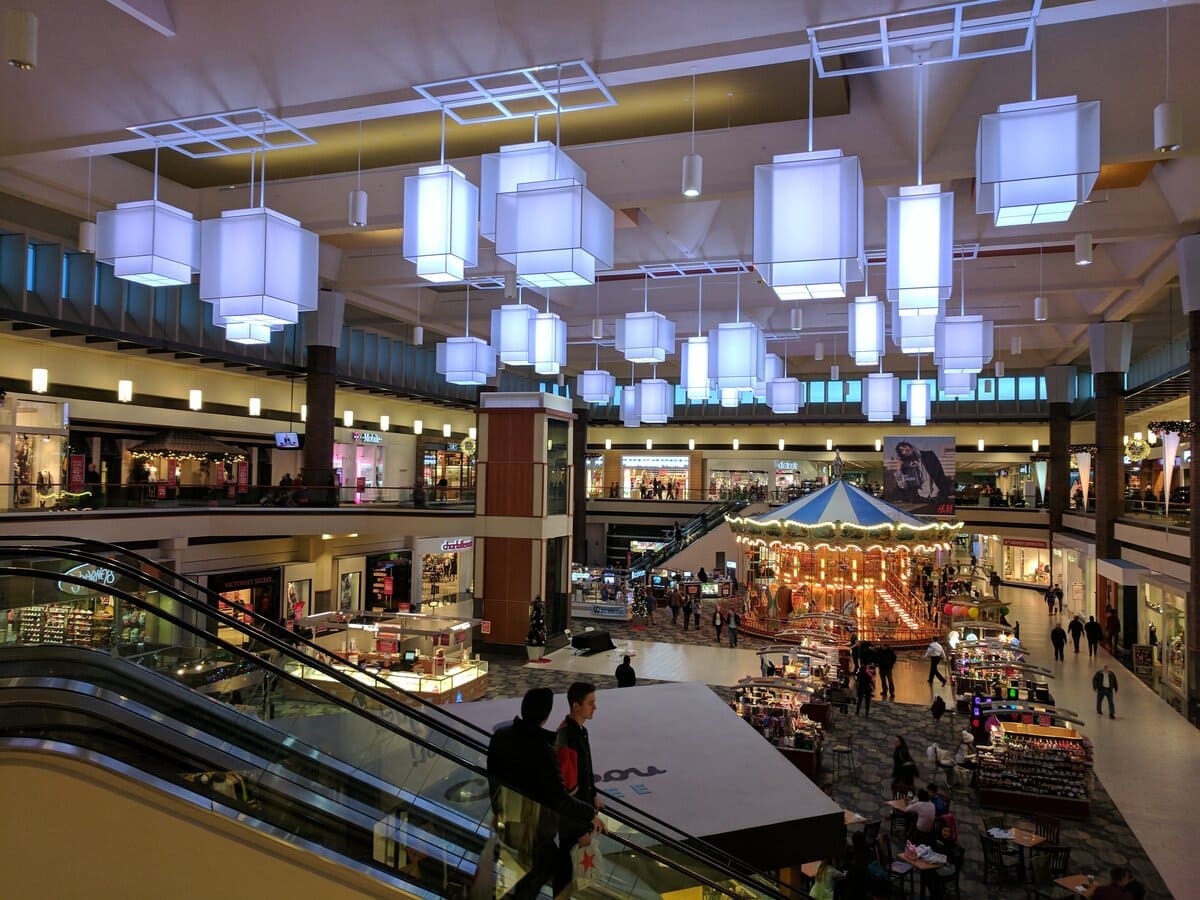
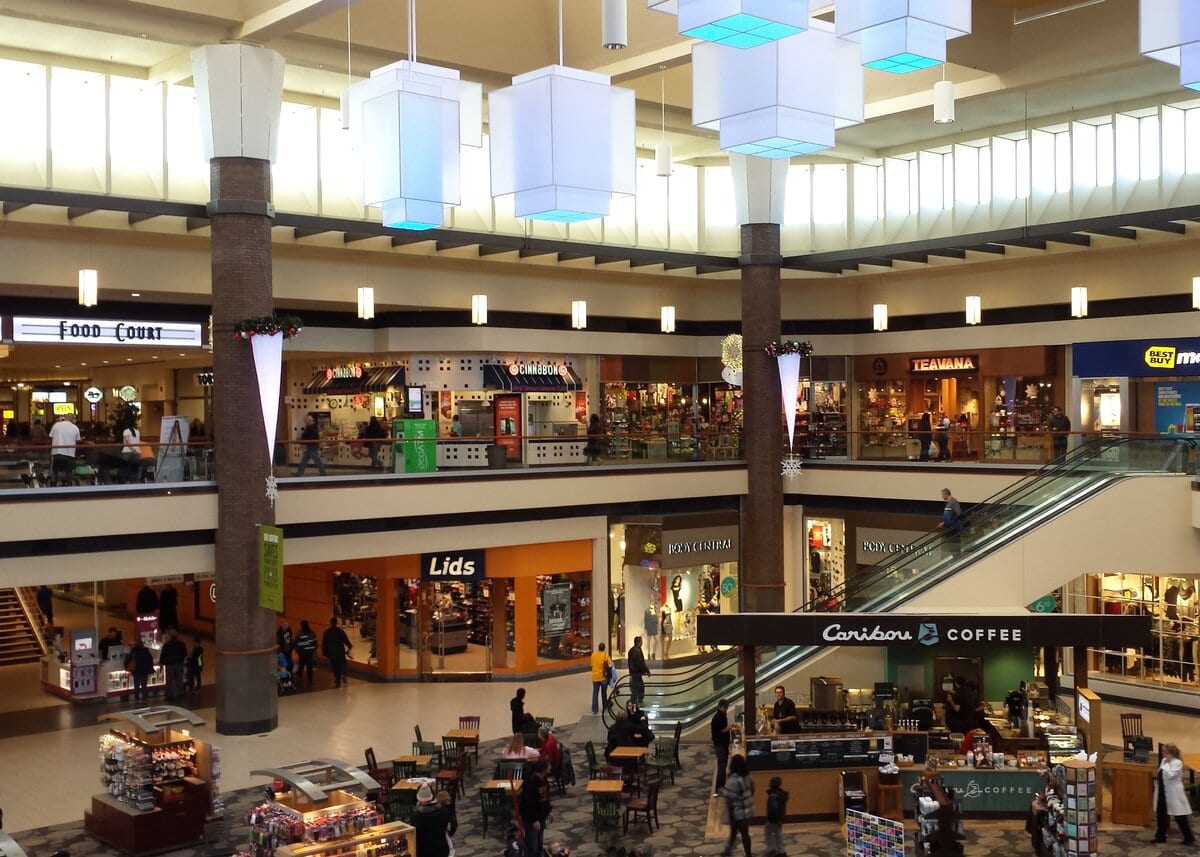
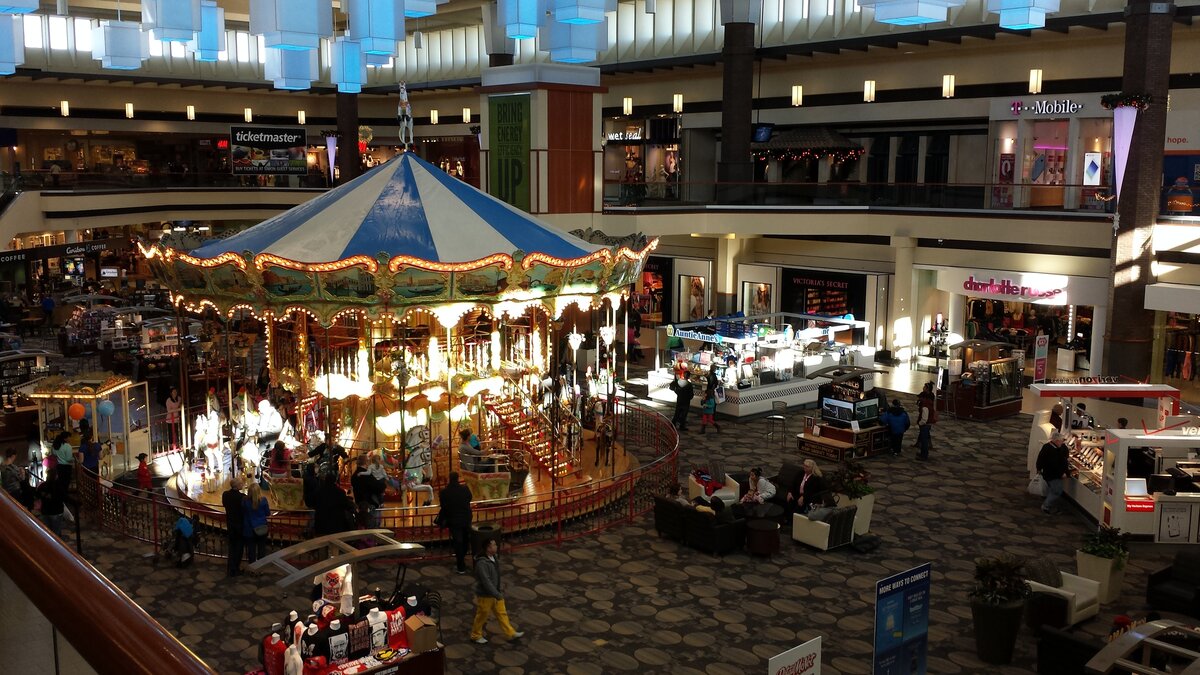
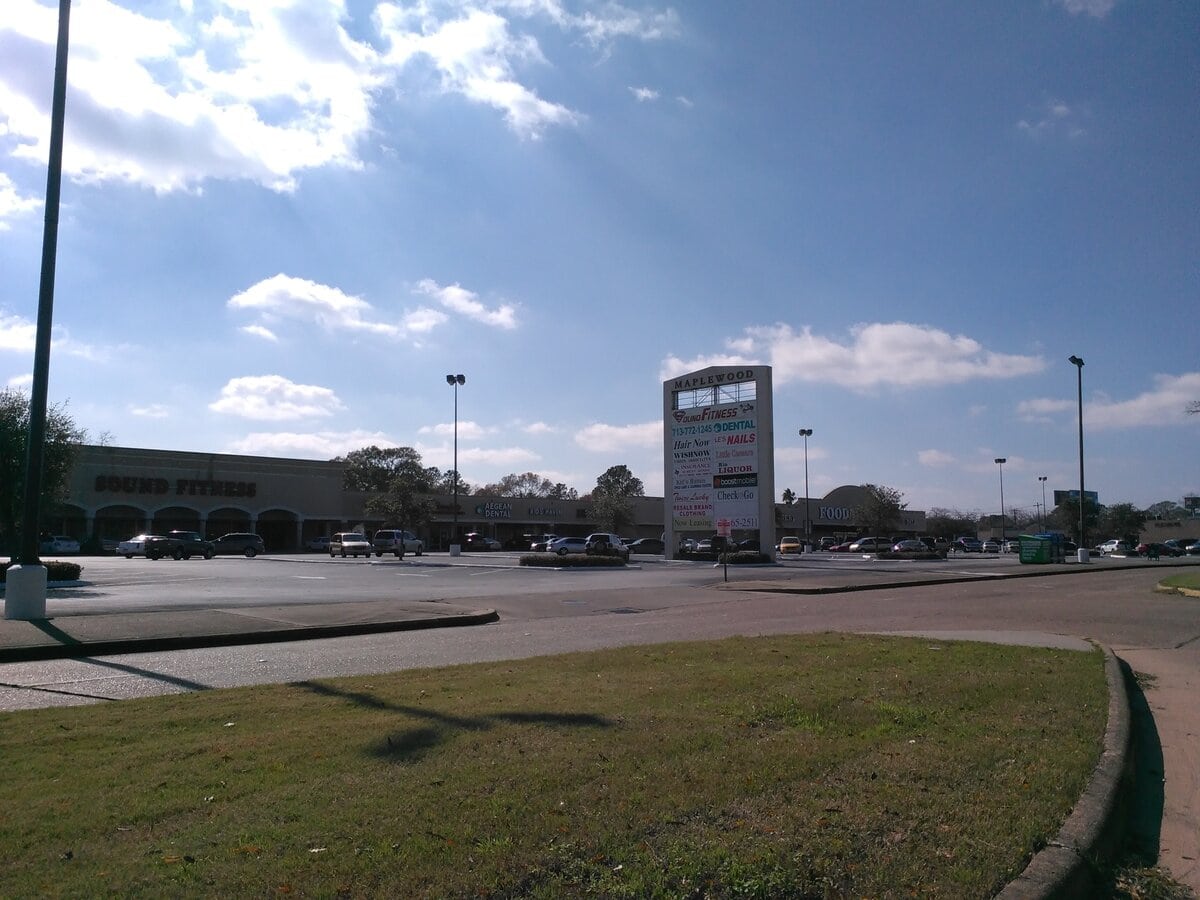
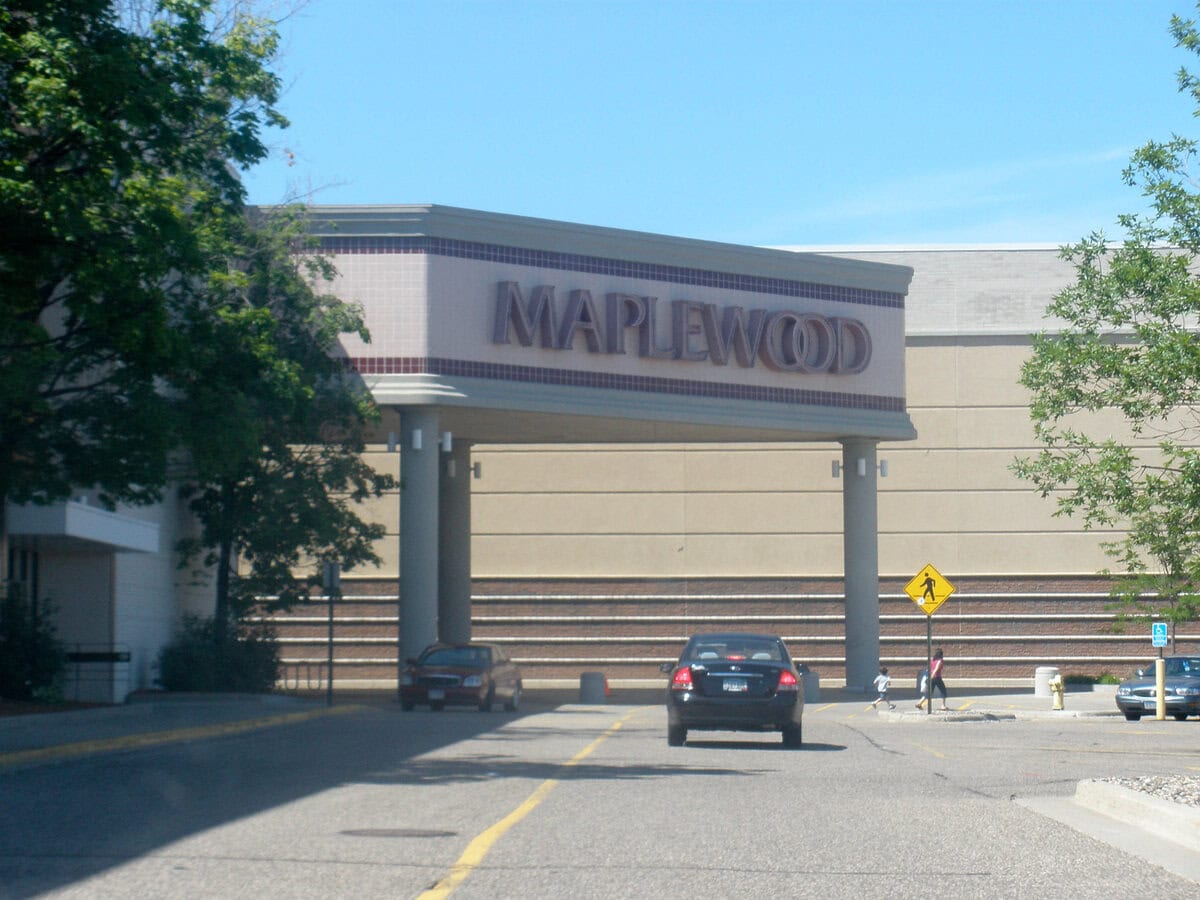
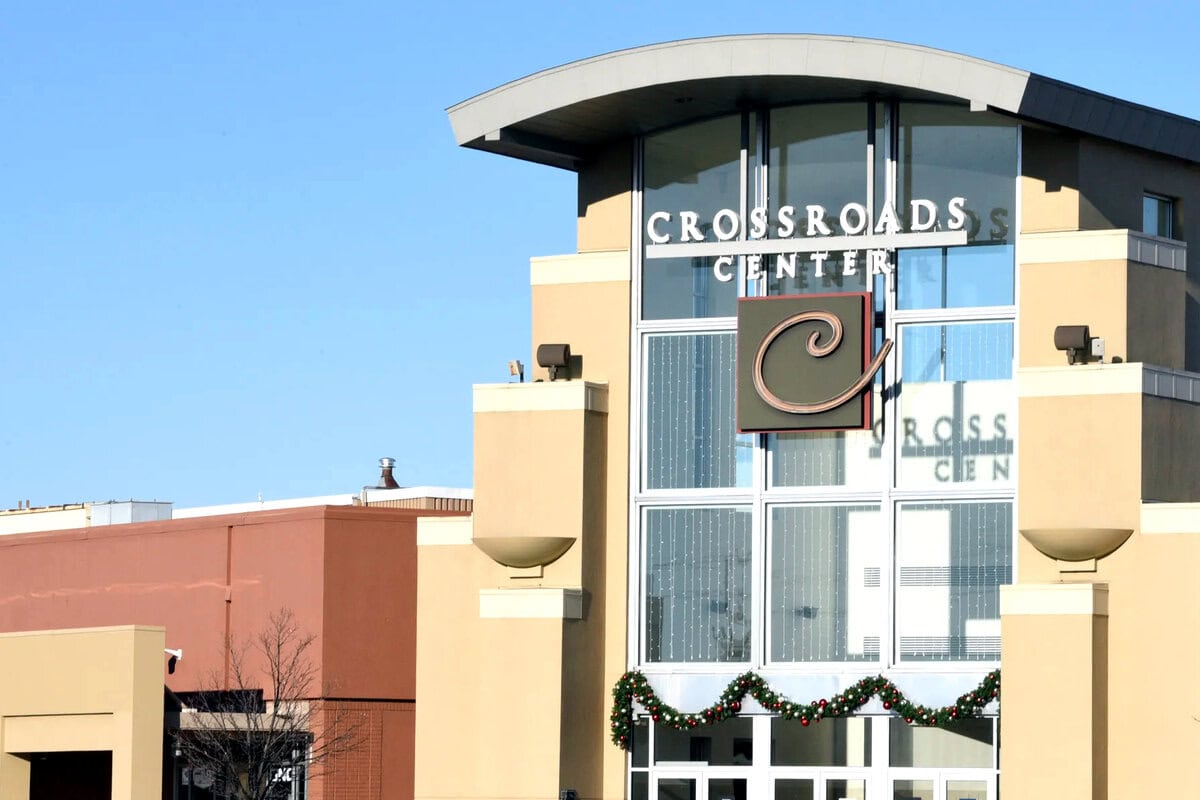
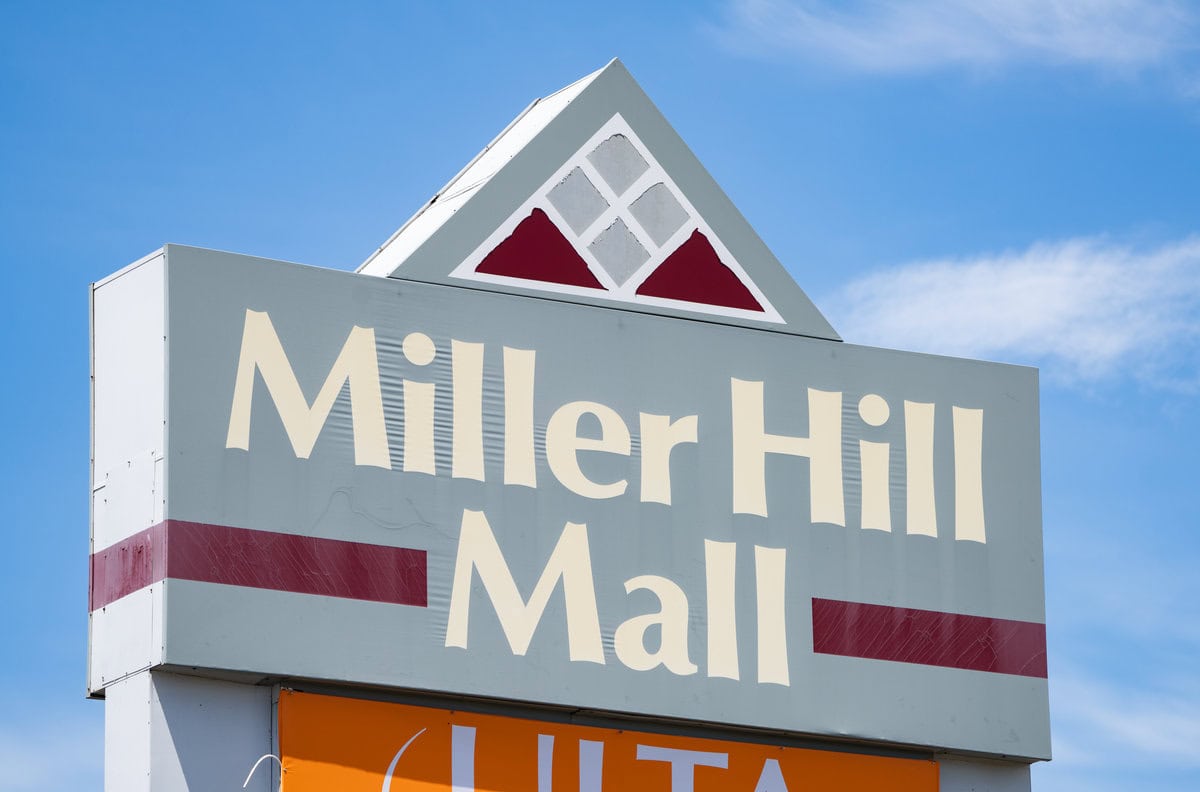
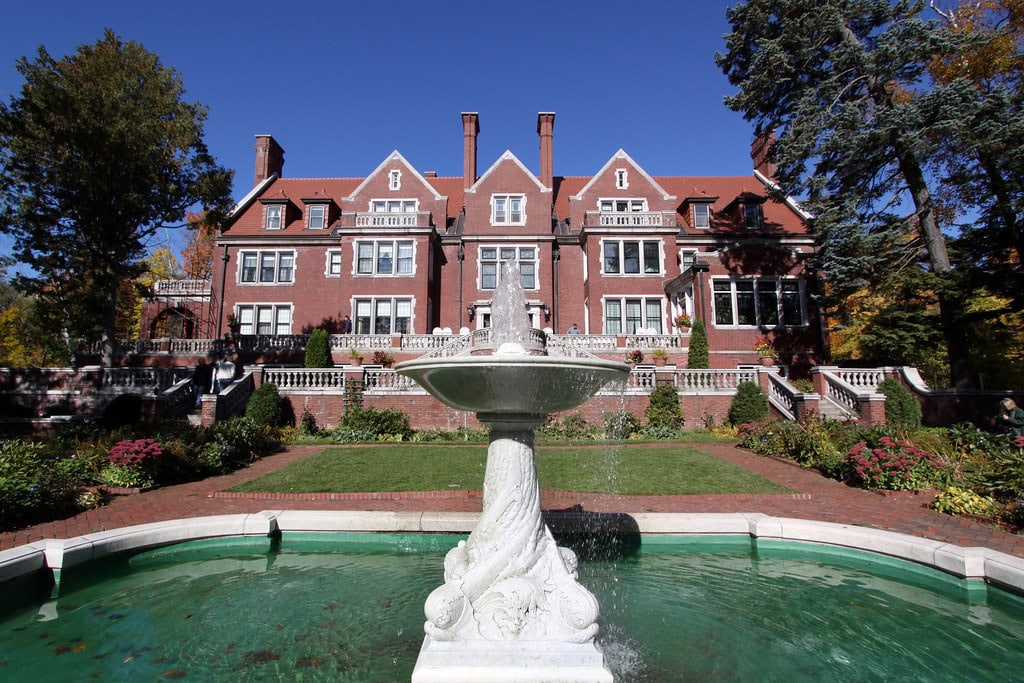
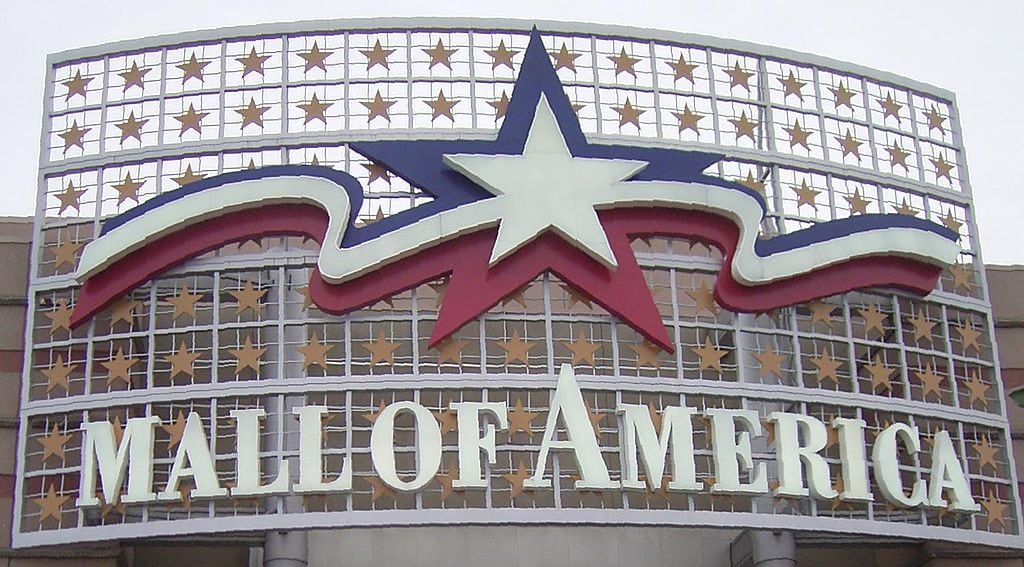
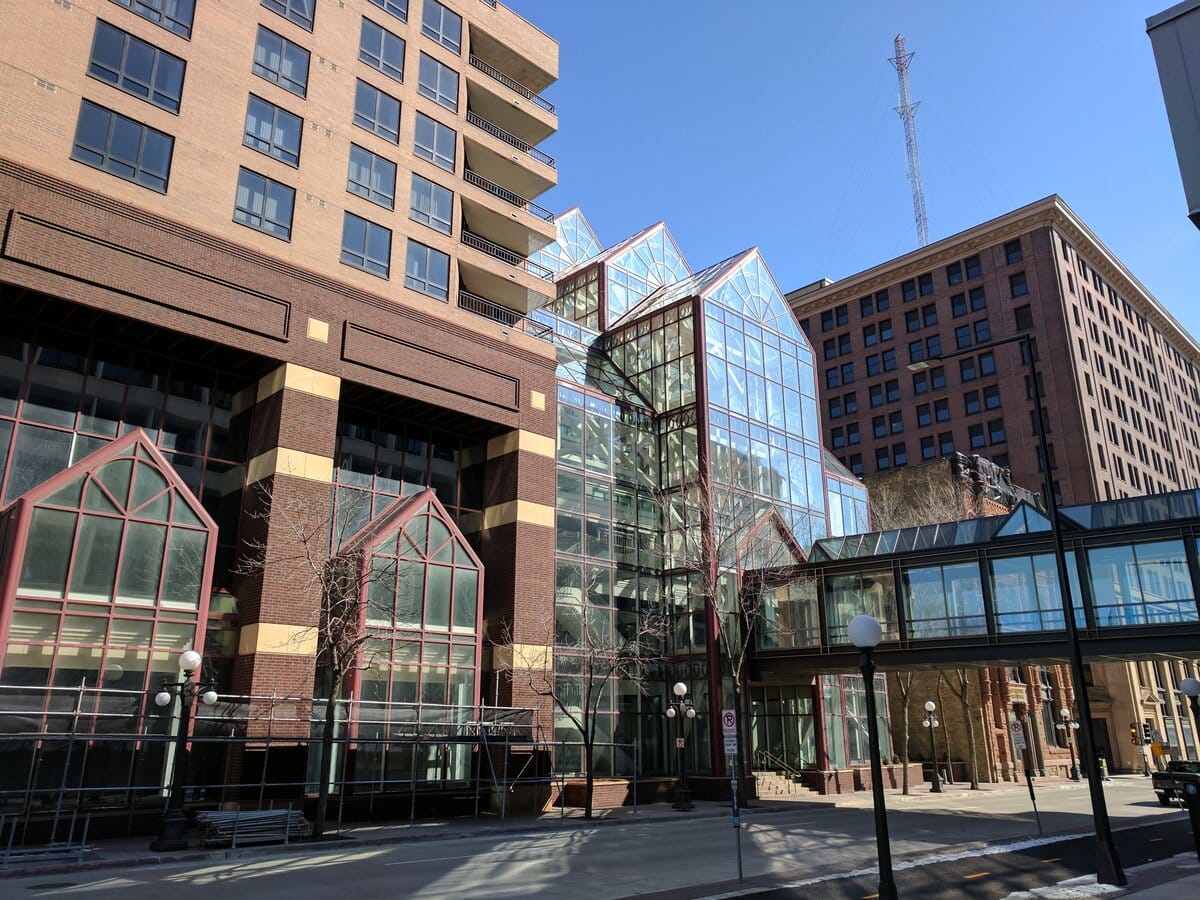
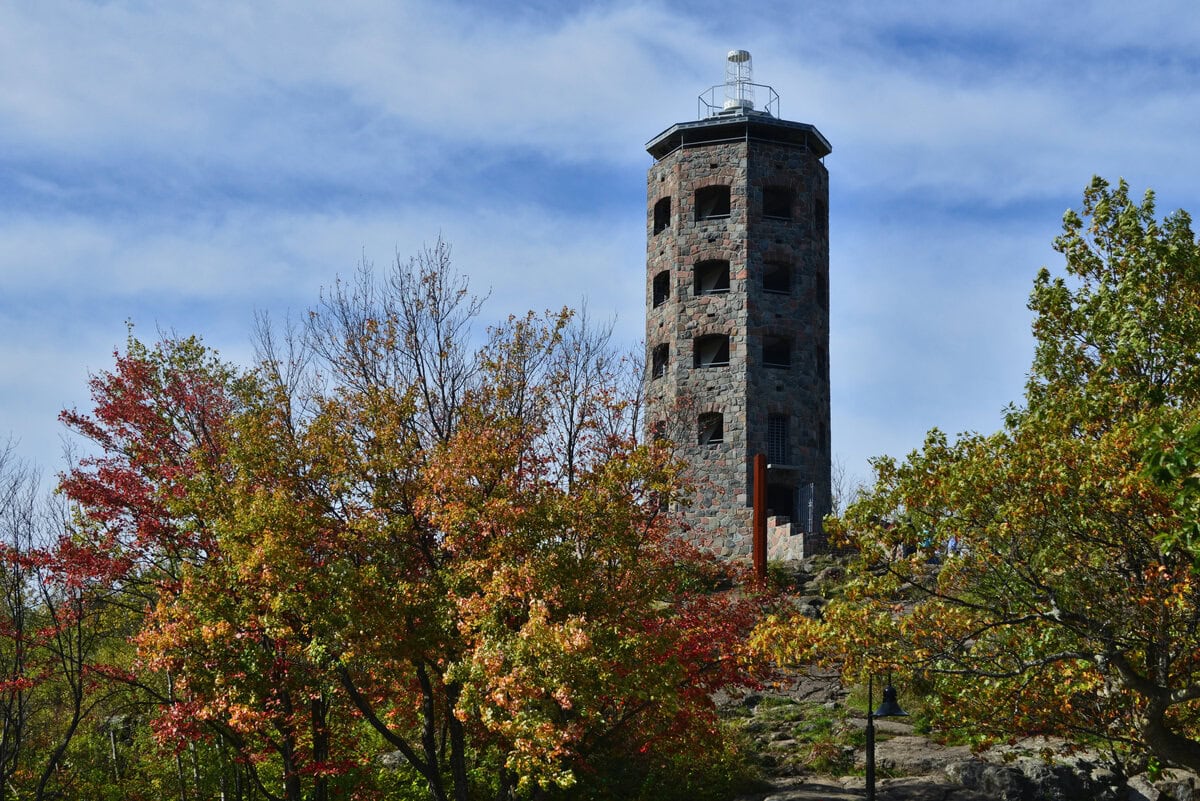
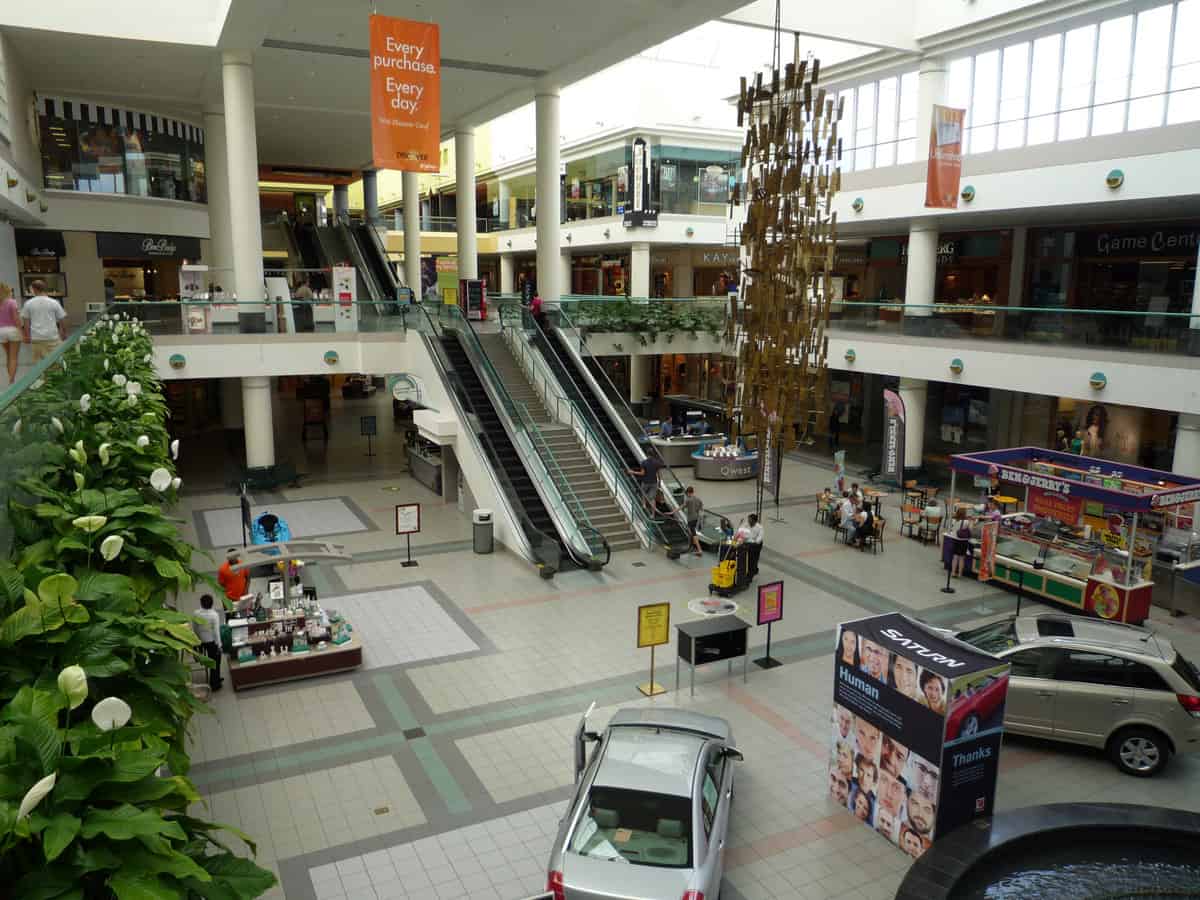
With the closure of sears a few years ago and Macy’s this year, I was afraid Maplewood Mall would not survive. I am so pleased that Hmong Town will be moving into the former Sears location. I am confident it will be a well received addition!
It's worth watching what happens in the first few months. If this works well, it may serve as a model for filling other large retail vacancies in suburban malls.